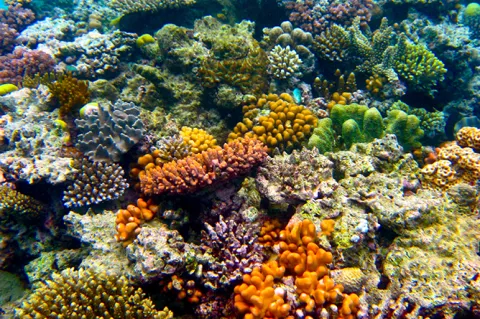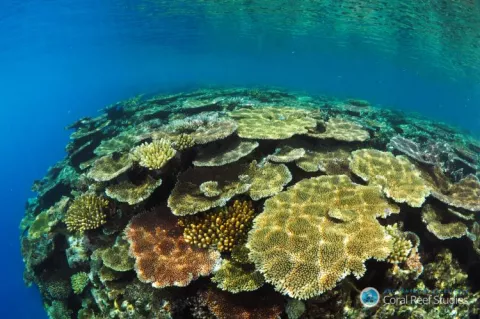Global Reef Expedition Final Report released
The Khaled bin Sultan Living Oceans Foundation (KSLOF) has released a report of its findings from the Global Reef Expedition—the result of ten years of assessing the state of coral reefs worldwide.
Considered the largest coral reef survey and mapping research mission in history, the findings provides a baseline data on their status and offering key insights on how to save them in a rapidly changing world.













